Myopia Management
Worried your prescription keeps increasing? We have proven options to help protect your vision for the future!
-
Ortho-K lenses are specially-designed hard contact lenses that are worn overnight. They gently reshape the corneal curvature while you sleep to provide clear vision during the day without the use of contact lenses or glasses. Because these lenses do not permanently alter the shape of the cornea, they must be worn every night (it’s the same idea as wearing a retainer to keep your teeth straight). This also means it’s completely reversible. Orthokeratology has been proven to slow the progression of myopia in numerous clinical trials.
-
Soft multifocal lenses are worn just like daily disposable lenses. Patients wearing these lenses can expect to wear them every day (or most days), depending on their lifestyle. This option is great for patients with concerns about severe nearsightedness that runs in the family. Soft multifocal lenses for myopia management are designed to cause “peripheral blur” which prevents physical elongation of the eye. This peripheral blur is not visibly noticeable to the patient, and has been shown to significantly slow the progression of nearsightedness in children and adults.
-
The Stellest Lens is the first and only spectacle lens authorized by the FDA to slow the progression of myopia in children. These innovative lenses look just like regular glasses but are specially designed to help slow myopia progression and support your child’s vision as they grow.
The center of each Stellest lens provides clear, comfortable vision for everyday use. Around that clear center are hundreds of tiny lenslets that create a gentle signal to the eye, helping to slow down how quickly the eye grows.
When worn consistently (about 10+ hours a day), Stellest lenses have been shown to slow the progression of myopia by an average of 71% in children over 2 years!

